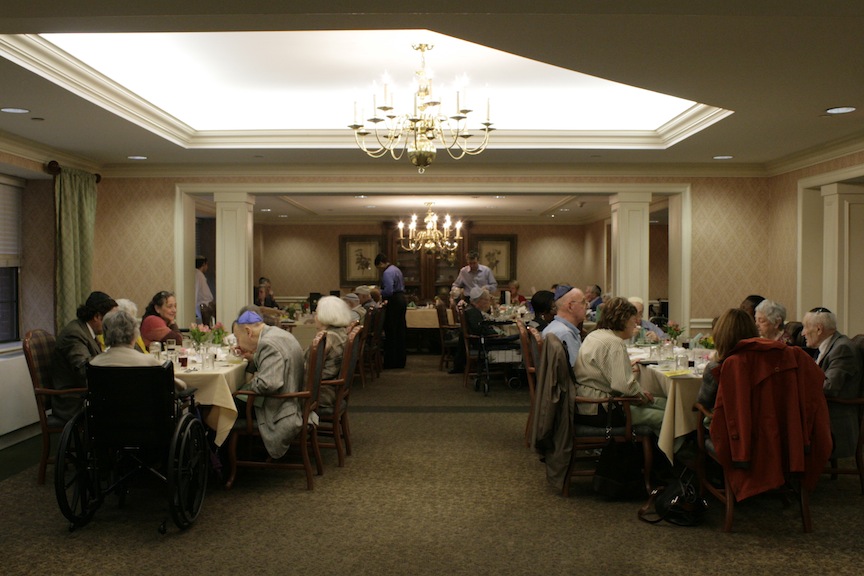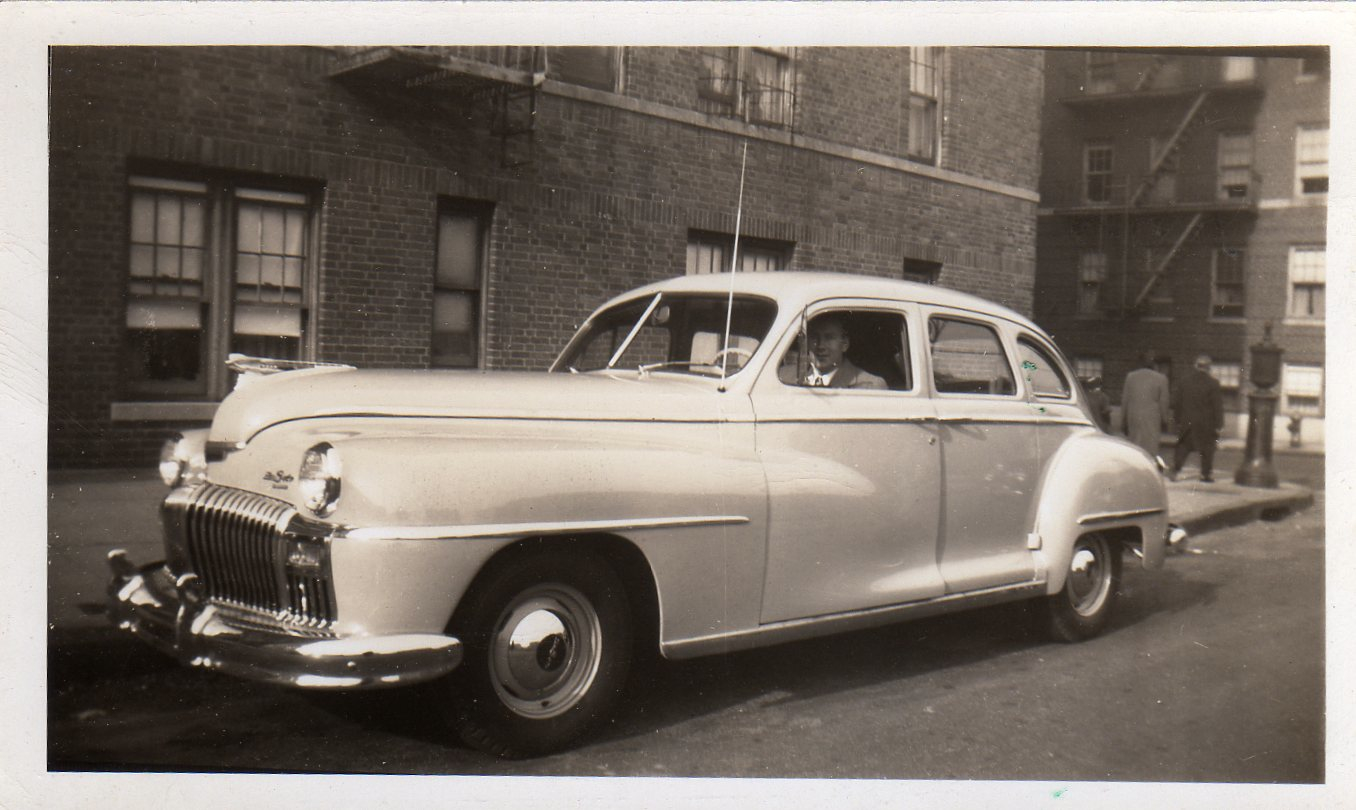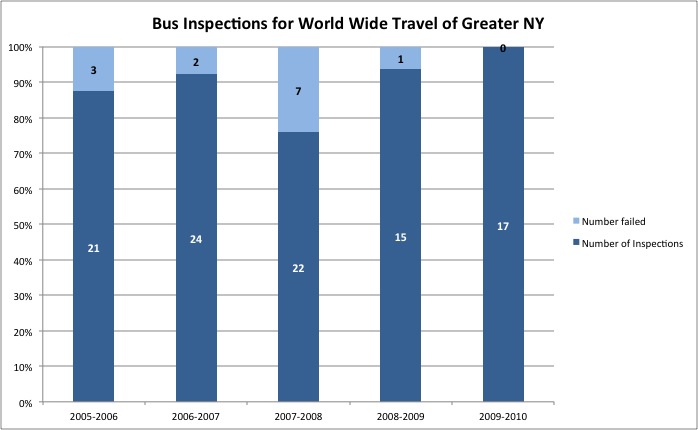Posted on 15 April 2011.
By: Mehroz Baig
As a law librarian for 25 years and a history major in college, Frances Rodier, now 72, was no novice to digging into the past. When her daughter was born in 1968, a project to put together a baby book got her tracing her family’s genealogical history. Since then, her search has taken her on a virtual journey into the Bronx’s history, a trip she had to take from another state.
“I think a lot of the information I have on my family from New York, I wouldn’t have gotten if it wasn’t for the Internet,” Rodier said in a phone interview.
Rodier, who now lives in Nashua, New Hampshire, turned to the Internet to track down leads. Using websites such as Ancestry.com, which provide access to birth, death and marriage certificates, as well as census records, Rodier traced her family’s history as far back as 1793. Her family lived in the Bronx from 1924 to 1970.
“The census [records] are the greatest thing,” she said.
Like Rodier, thousands of Americans are scouring the Internet through public records and private websites to find out about their family’s pasts. Ancestry.com, an Internet site that charges users between $13 to $30 a month, boasts a collection of 6 billion historical records and over 1 million subscribers worldwide. Researchers collect stories, connect through message boards, and join others online to create their own genealogical communities and investigate their roots.
“The amount of information now is staggering,” says Brian Andersson, former Commissioner of the New York City Department of Records, who first got interested in genealogy over 30 years ago when microfilm was the only way to find information. With digitized records made available online, information is more accessible to many people, he says—and finding it is so much faster. “You’re saving countless hours,” he said.
Dee Cunningham, 60, who began research into her family’s history back in the 1970’s, remembers a time when requesting records meant writing letters and waiting for a response.
“By the time you got the letter back, you had sort of lost interest,” she said. “It wasn’t as instantaneous as with a computer.”
Cunningham, a retired music teacher who now lives in Yorkshire, England, became more actively involved in searching her family’s background two years ago. She has traced her history back to the 1830’s. Cunningham used genealogical records offered through the Church of Latter Day Saints as well as resources from New York City’s Department of Records.
“I would say that what really clicked everything together was the birth, death or marriage records,” she said, adding that information on these records, such as parents’ names, addresses and occupations all provide leads to further information.
Kate Feighery, who completed her master’s from NYU in Irish-American history, also combed through census records, birth and death information and any other tools available for an extensive research project into the Irish-American community in Highbridge.
“You definitely need patience to do it,” Feighery said. She noted that the most recent set of specific census data only goes back to 1930. Former records commissioner Andersson explained that privacy laws keep census data, such as names and addresses, from being available until 72 years after the fact. For now, only censuses from 1790 to 1930 are available. The 1940 census will be released next year.
Irish researcher Feighery added that success in research comes from combining a multitude of resources: for example, the national census was done every ten years at the end of the decade while New York’s state census was completed every ten years on the 5-year mark. So combining the 1930 national census with the 1935 state census can yield a more intricate demographic picture.
Other sources that can provide new layers of information include databases such as ProQuest, which Feighery said are historical newspaper archives, many of smaller papers that have have records of births, deaths and marriages. Voter registration records and ship manifestos are other sources for lists of people immigrating to the United States.
That’s not to say that there aren’t complications. Spelling errors can lead to inaccuracies. Researchers also have to take into account borders within the city. It was only in 1898 that the five boroughs were officially created. Researchers hunting for information before then, have to look through New York county records, not borough records.
Former records commissioner Andersson, also notes that sometimes people are too trusting of what they find. “People are too quick to embrace it as pure fact,” he said. According to Andersson, people need to be analytical about what they find and the sources of their information.
The painstaking work, however, can often lead to surprising discoveries.
Dee Cunningham found an entire side of her family she knew nothing about. She knew that her grandfather, Jacob, moved to the Bronx in 1911. Her father was born in the Bronx and lived there until 1947. However, Cunningham had never heard anything about her great aunts or uncles. Through her research on Ancestry.com, she found the great granddaughter of her great aunt. Naturally, they set up a meeting.
“We were both delighted to meet in New York City one afternoon and compare notes,” Cunningham said in an email.
Further research and some speculation lead Cunningham to believe that her grandfather was estranged from the rest of his family. He was born and raised Jewish. However, he married Cunningham’s grandmother, who was Irish Protestant.
The Bronx saw historic growth in its population in the early 1900’s because public transportation was extended into the borough. By 1930, approximately 49 percent of Bronx’s population was Jewish. Even earlier, starting in 1845, the Great Famine in Ireland pushed emigrants to the United States and New York became predominantly Irish.
“We can only assume that because he married an Irish Protestant, that he was disowned by the family,” Cunningham said.
Frances Rodier also found her share of unexpected information. Before her research, Rodier did not know that her great aunt had been married. Her research revealed that her great uncle had spent time in prison. “Finding a great uncle who was in Sing Sing was kind of a surprise,” Rodier said. She is now searching for information on why he was incarcerated.
Rodier also found a way to use new technology to share her childhood with her children. She lived in the Bronx until she was 23 and went to Walton High School, which has since closed. Using Google Maps, Rodier showed her children the way she used to walk to school from her apartment building on Nelson Avenue.
Other memories, however, are harder to recreate.
During high school, Rodier recalls a curious character who moved in across the hall in her apartment building: William Z. Foster, a three-time presidential candidate for the American Communist Party. Rodier recalls that she could see into Foster’s living room from her apartment.
“The only time the shades were up was when someone was cleaning the windows,” she said.
Rodier also ran into Foster in the elevator on Sundays, as she left for church and he went downstairs to pick up the Times. “I’d be scared to death,” she said, of riding from the sixth floor down, with Foster as her only companion on the elevator. “But he was a gentleman,” she said. “He’d hold the door for you.”
Despite the fun, of her research, Cunningham concedes that at times, looking for clues can be very frustrating. “You try to save anyone as much time as possible,” she said. But the excitement of finding answers is equally rewarding. “We just love sharing what we find,” she added.
Click here for more stories on the digital Bronx.
cunningham-car
Picture 1 of 4
The Friedman's car parked on Nelson Avenue. Courtesy: Dee Cunningham.





